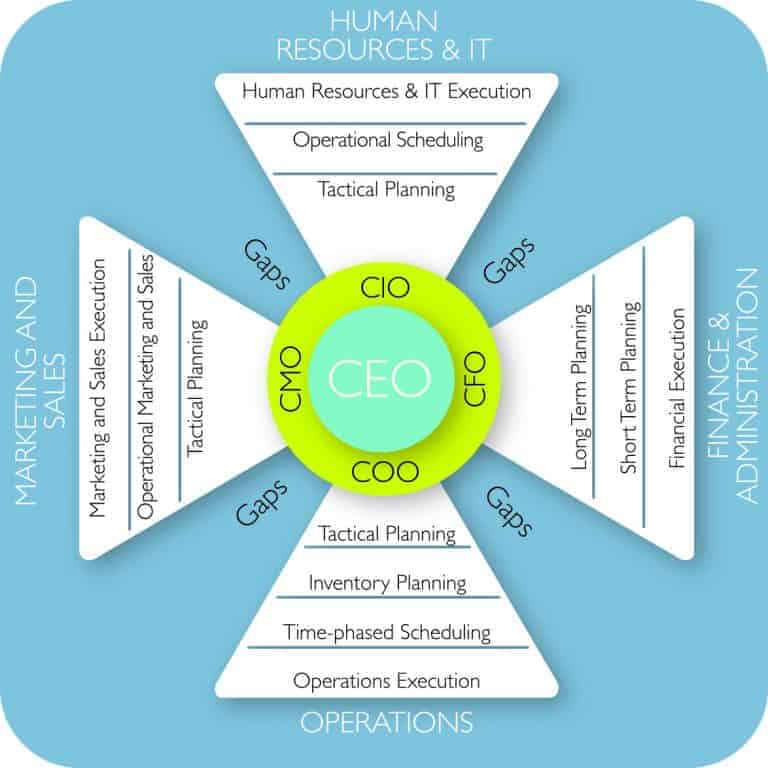Learn About Supply Chain Blockage - Ikea's Case Study
Imagine if you were a small sized furniture seller, and suddenly your suppliers refused to supply furniture to you because they allege that you are selling at too low a price.
And, when you went to another manufacturer, they refused too.
In fact, it turns out that all manufacturers have decided to boycott your business because you are underselling every one of your competitors. This is when Supply Chain Blockage Happens. What would you do?
1. Would you raise the prices to “fit in” with the market?
2. Would you quietly start preparing for “transitioning out” of the furniture business?
3. Would you build your own furniture factory?
4. Would you appeal to the government that such an “organised boycott” was illegal?
5. Would you find “a way” to break the boycott and find a “boycott breaker” supplier?
As you have probably guessed, this is not a hypothetical situation.
This is exactly the situation faced by Ingvar Kamprad of IKEA.
What did IKEA do to recover from this supply chain blockage?
The story, related by Malcolm Gladwell in his book ‘David and Goliath’, is illustrative of the power of business networks.
Does Your Business Build a Network, or Does Your Network Build Your BusinessWhen I researched the story, there is obviously more to it than what is written in the book.
This Forbes article gives the following background:
Ikea's case study -Supply Chain Blockage
Kamprad started Ikea when he was just 16 (the name was officially registered in 1943) as a general mail-order firm. In 1952 he moved into mail-order furniture and the following year opened a showroom in lmhult.
(The name is a combination of Kamprad’s own initials, plus the first letter of Elmtaryd, the family farm, and Agunnaryd.) He constantly tinkered with how the furniture was designed, to keep costs low.In 1955 came a brilliant breakthrough:
Trying to figure how to efficiently pack and ship a bulky, long-legged table, Gillis Lundgren, an early employee, later Ikea’s chief designer, hit upon the idea of taking the legs off and mailing them packed flat under the tabletop.
Voil! Self-assembled furniture was born. It has been at the core of Ikea ever since.In 1958 Kamprad began opening retail outlets, first in lmhult, then Norway (1963), Denmark (1969), Switzerland (1973) and Germany (1974, now Ikea’s largest market).
Then came Canada (1976) and the Netherlands (1978). Later came Ikea’s second-and third-ranked markets, the U.K. (1987) and the U.S. (1985).
The article further goes on to state:
In the late 1950s and early 1960s, Sweden’s National Association of Furniture Dealers boycotted Ikea, threatening the country’s furniture makers that if they sold to Kamprad, they could forget about selling to the association’s membership.
That led Kamprad to emphasize both in-house designs and sourcing production outside Sweden. In the end, the boycott collapsed.
In his book, Malcolm Gladwell gives the details of how Kamprad built an international network of suppliers by going behind the iron curtain to Poland.
While it was not an easy job, it was well worthwhile to start a process which built IKEA into a global powerhouse that it is today.
With 139,000 employees and global revenue of Euros 28 Billions, there is certainly more than meets the eyes.
It will take an article of several pages to trace the development of IKEA and Supply chain blockage from its humble origins stated above to its current lofty position – perhaps a good case study for another edition of my book “The 5-Star Business Network“. However, it is quite clear that IKEA and its business network co-developed in lock-step with each other, leaving all those members boycotting Sweden’s National Association of Furniture Dealers far behind.





